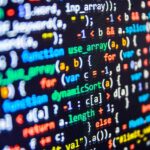
Blockchain Made Simple: A Beginner’s Guide to Digital Trust
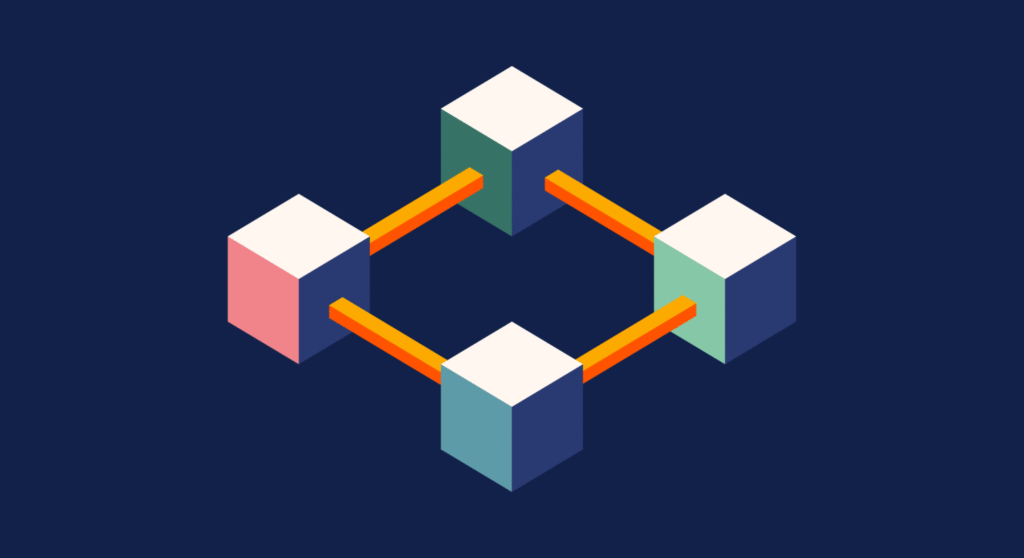
Imagine you’re keeping track of who owes money to whom in your friend group. Instead of one person writing everything down in a notebook that could be lost or altered, what if everyone had an identical copy of the same record? Every time someone pays or borrows money, everyone updates their copy at the same time. That’s essentially how blockchain works – it’s a shared, unchangeable record book that nobody owns but everyone can trust.
What Makes Blockchain Special?
No Single Point of Control
Unlike traditional systems where one company or bank holds all the records, blockchain spreads this responsibility across thousands of computers worldwide. This means no single entity can manipulate the data or shut down the system. It’s like having democracy for data – the majority rules, and cheating becomes nearly impossible.
Transparency That Builds Trust
Every transaction is visible to everyone in the network (though personal identities can remain private). This openness creates accountability. When banks process your payment, you trust them to handle it correctly, but you can’t see exactly what happens. With blockchain, you can trace every step.
Security Through Mathematics
Each block of information is connected to the previous one using complex mathematical puzzles. Changing any old record would require solving these puzzles faster than thousands of computers working together – which is practically impossible with current technology.
Real-World Benefits We’re Already Seeing
Helping People Without Bank Accounts
In many parts of the world, people don’t have access to traditional banking. Blockchain-based systems let them send money, save, and even get loans using just a smartphone. This technology is already helping millions of people participate in the global economy for the first time.
Making Supply Chains Honest
Ever wonder if that “organic” label is real? Blockchain can track products from farm to store, creating an unalterable record. Walmart uses it to trace contaminated food in minutes instead of weeks, potentially saving lives during food safety crises.
Protecting Artists and Creators
Musicians, artists, and writers can use blockchain to prove they created something first, making it harder for others to steal their work. It’s like having a timestamp that can’t be faked.
Streamlining Bureaucracy
Buying a house involves endless paperwork and weeks of verification. Blockchain could make this process faster and cheaper by automatically verifying documents and executing contracts when conditions are met.
The Human Challenges We Need to Address
Energy Consumption Concerns
Some blockchain networks use as much electricity as entire countries. This raises serious environmental questions. However, newer technologies are being developed that use 99% less energy while maintaining security.
The Learning Curve
Let’s be honest – blockchain can be confusing. Many people have lost money because they didn’t understand how to use it safely. We need better education and more user-friendly interfaces before it can truly serve everyone.
Regulatory Uncertainty
Governments worldwide are still figuring out how to regulate blockchain technology. This uncertainty can make businesses hesitant to adopt it and leaves users unsure about their rights and protections.
Looking Forward: A Balanced Perspective
Blockchain isn’t a magic solution to all problems, but it’s a powerful tool that could make many systems more fair, transparent, and accessible. Like the internet in the 1990s, it’s still rough around the edges, but its potential is enormous.
The key is approaching it thoughtfully. We should embrace the benefits – financial inclusion, transparency, and security – while working to solve the challenges around energy use, usability, and regulation.
Most importantly, we must remember that technology should serve people, not the other way around. The best blockchain applications will be the ones that make life better for real humans, not just the ones that sound impressive in tech conferences.
As this technology matures, we’re likely to see it working quietly in the background of many services we use daily, making them more trustworthy and efficient without us even thinking about it. And perhaps that’s exactly how transformative technology should work – not by demanding our attention, but by earning our trust through reliable service.
The blockchain revolution isn’t just about code and computers. It’s about reimagining how we can trust each other in an increasingly digital world. When viewed through this human lens, its true potential becomes clear.
Want to Explore Further?
If you’d like to dive deeper into blockchain, here are some helpful resources:
Investopedia – What Is Blockchain? (Beginner-friendly explanation)
IBM – Blockchain Overview (How it works in real industries)
WIRED – Guide to the Blockchain (Readable overview of promise & hype)
Deloitte – Blockchain in Supply Chains (Real-world use cases)
Frontiers in Blockchain – Digital Financial Inclusion (How blockchain helps the unbanked)
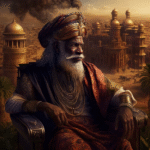
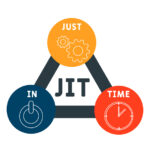
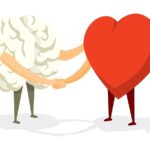
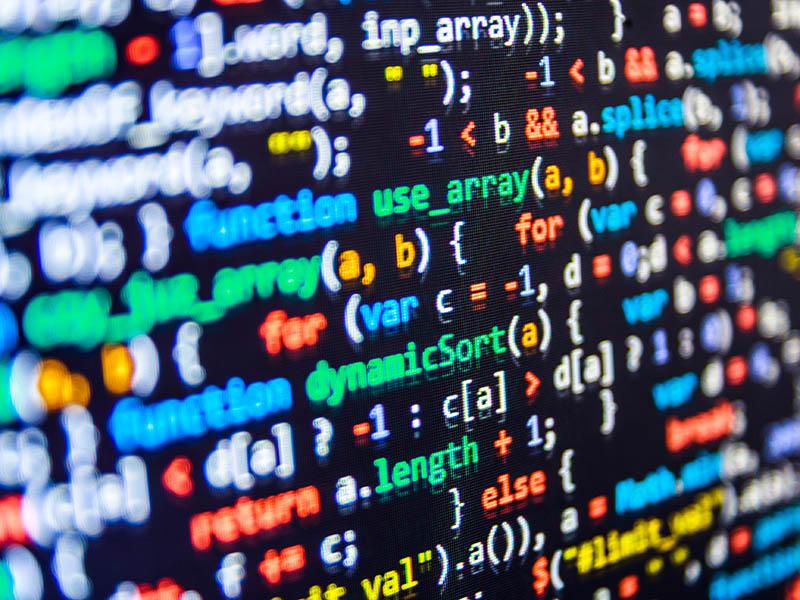
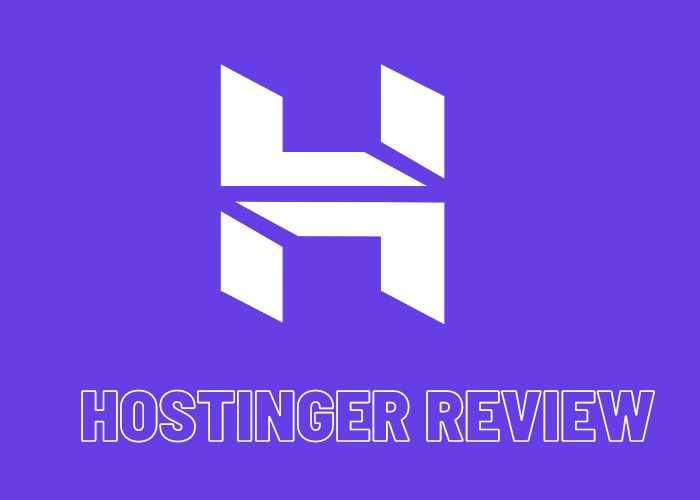
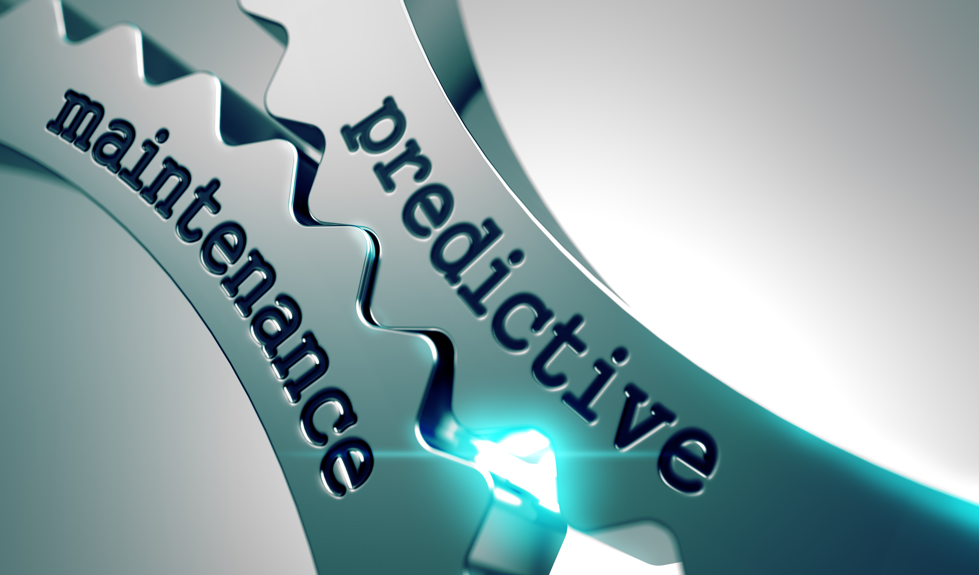
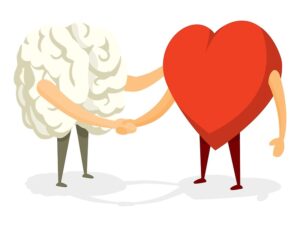
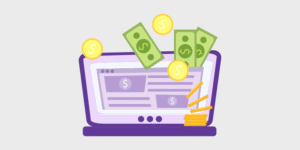
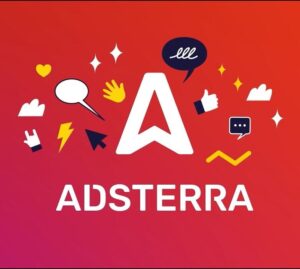

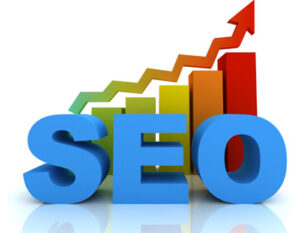



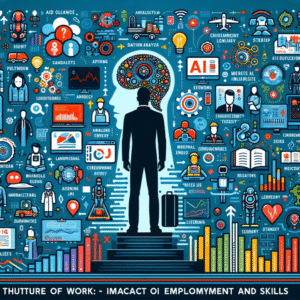
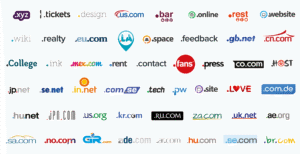
Post Comment